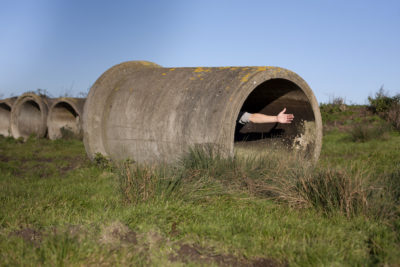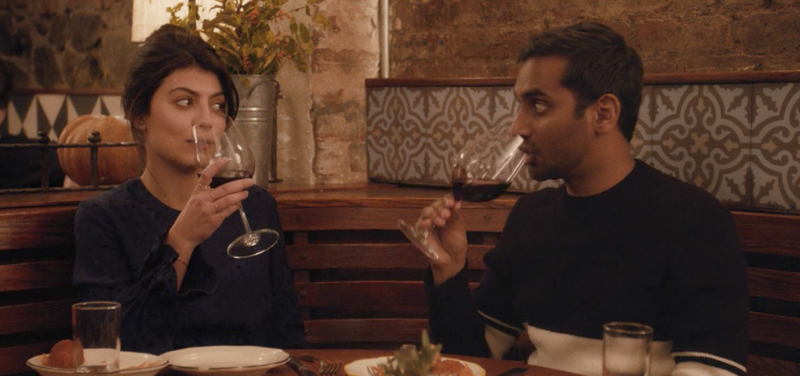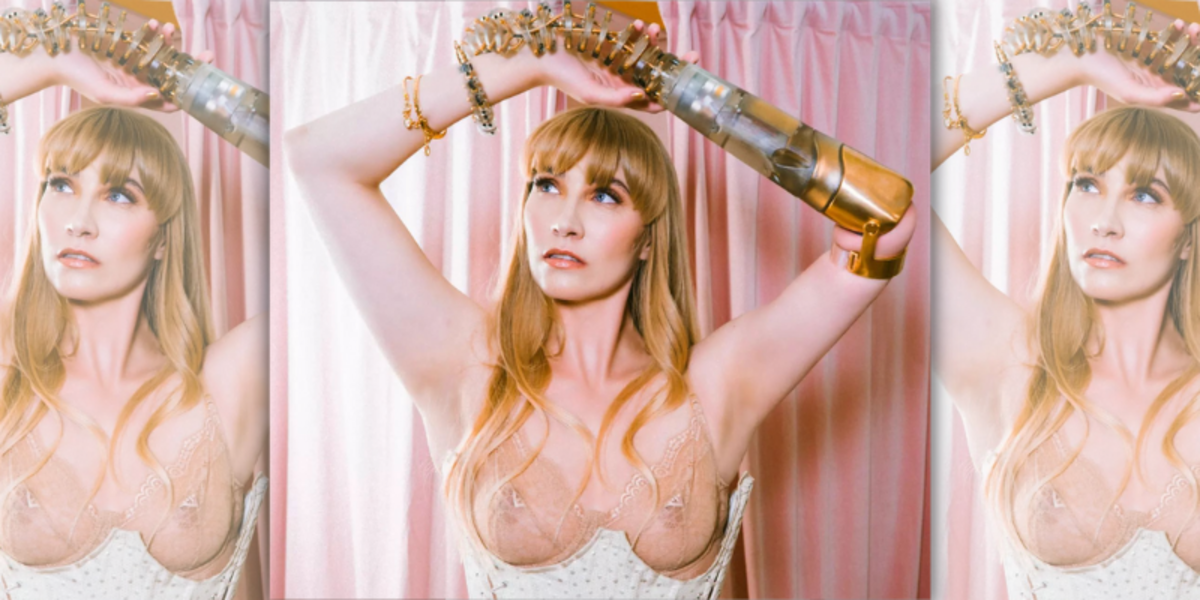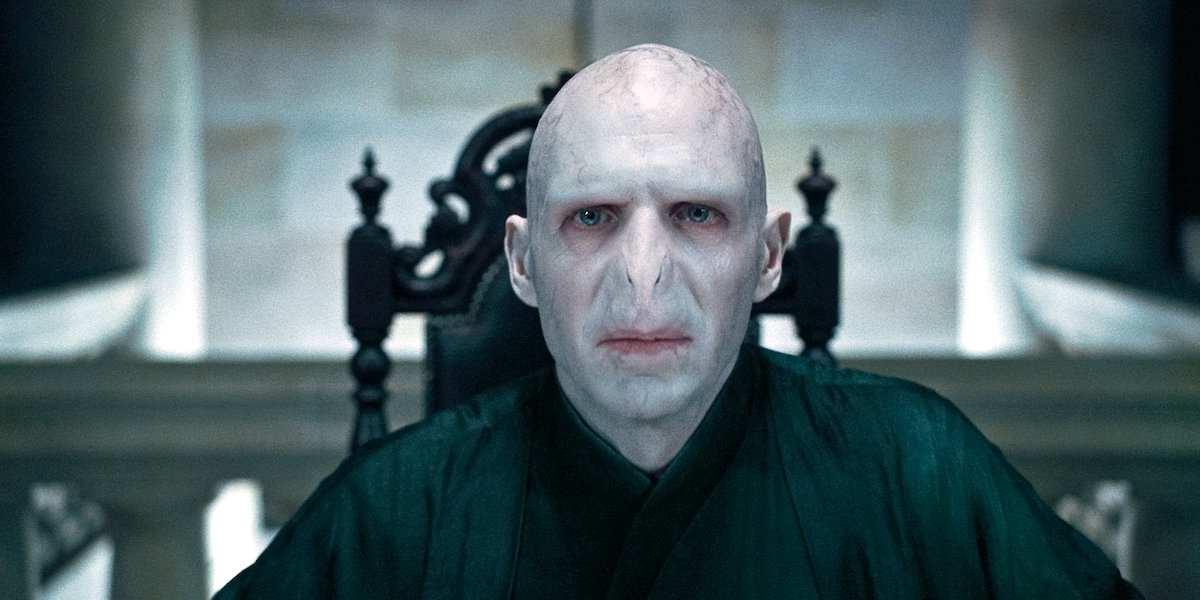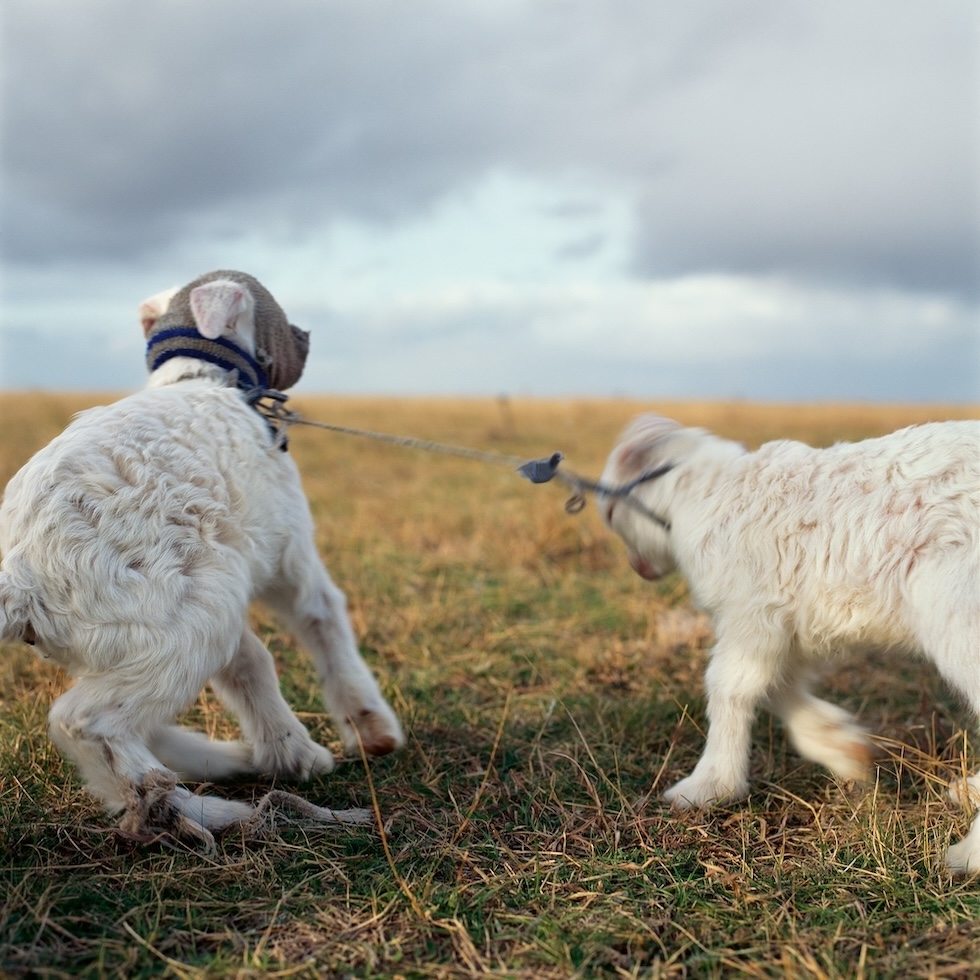Tornatene a casa, polacco
Il viaggio fotografico di quasi duemila chilometri di Michal Iwanowski: dal posto in cui vive, in Galles, a quello da cui proviene, in Polonia
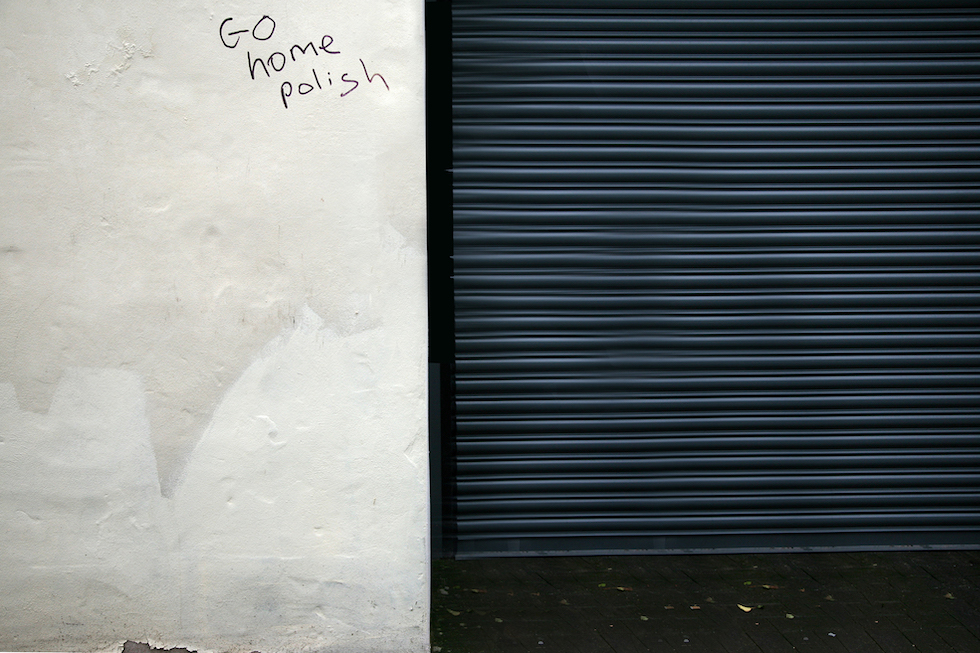
Anni fa il fotografo Michal Iwanowski – che ha doppia cittadinanza britannica e polacca – lesse su un muro di Cardiff, in Galles, la scritta “Go Home, Polish” (tornatene a casa, polacco). Anni dopo, nell’aprile 2018, ha preso quell’invito alla lettera e si è messo in viaggio per percorrere a piedi il tragitto da Cardiff, dove vive, al suo paese d’origine, Mokrzeszów, in Polonia. Ha impiegato 105 giorni per 1900 chilometri, passando per il Galles, l’Inghilterra, la Francia, il Belgio, l’Olanda, la Germania, la Repubblica Ceca e infine la Polonia. Le foto che ha realizzato durante il viaggio sono raccolte nel progetto Go home, polish, che potete vedere completo sul suo sito o sul suo profilo Instagram, dove ne ha tenuto traccia man mano.
Iwanowski ha raccontato di aver visto la scritta nel 2006 e che gli rimase in testa per anni portandolo a domandarsi il significato del concetto di “casa”, soprattutto dopo il referendum su Brexit nel 2016. Le foto della serie sono a tratti concettuali, a tratti documentaristiche e inframezzate con autoritratti ironici, come ha scritto il critico di fotografia del Guardian Sean O’Hagan. A lui il fotografo ha anche spiegato che «il progetto è un modo di pensare all’idea di casa, anche perché mi avrebbe portato dal posto in cui ho vissuto per 18 anni al luogo da cui provengo. Tutto questo in un momento in cui Brexit aveva reso l’idea di casa, identità e appartenenza un concetto molto politicizzato».
https://www.instagram.com/p/Bk-7HVKF6s7/
Queso non è il primo progetto fotografico di Iwanowski legato al camminare: nel 2013 per esempio rifece a piedi il tragitto fatto da suo nonno quando scappò da un campo di prigionia russo per tornare in Polonia, durante la Seconda guerra mondiale; quelle foto sono raccolte in Clear of People.
